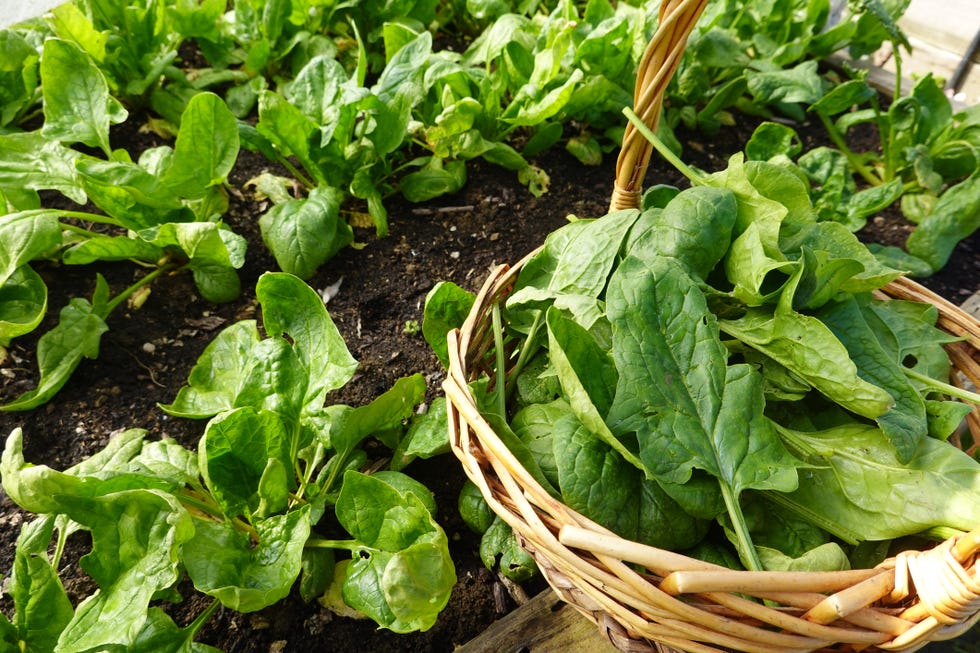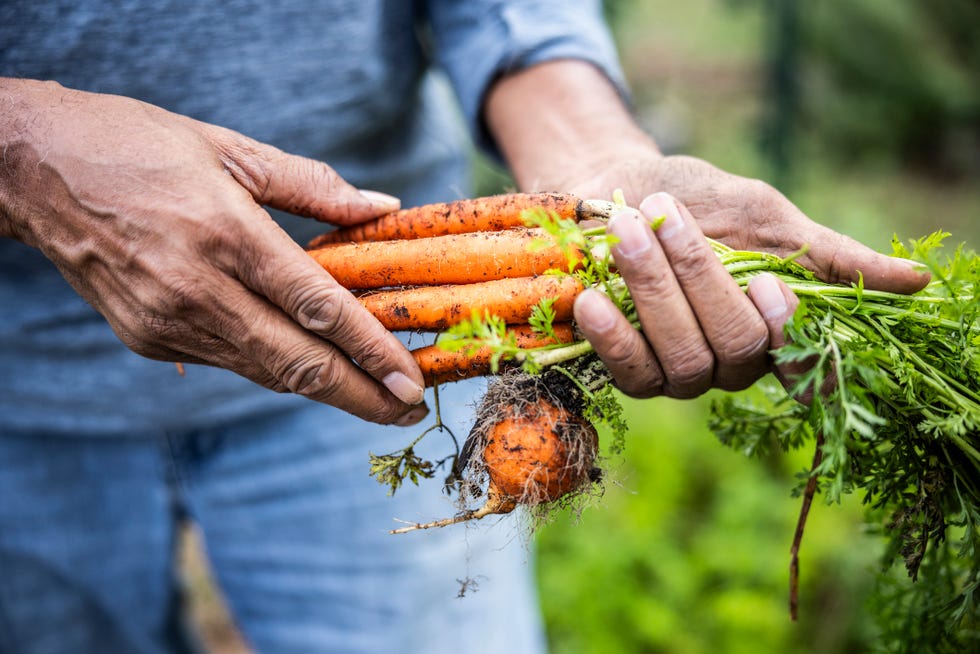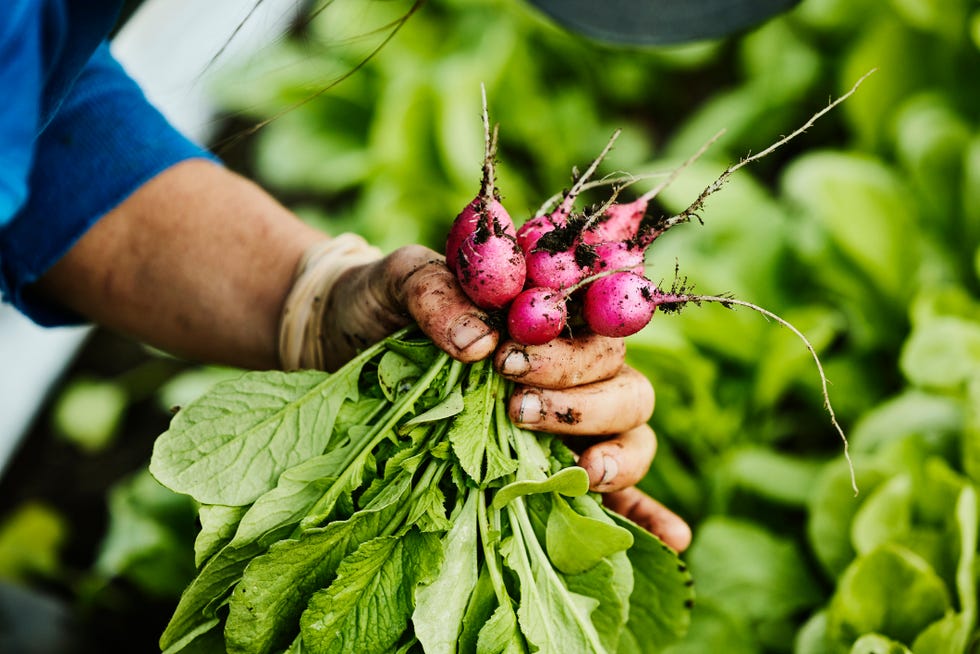Because many cool-season vegetables must be planted in mid to late summer to yield a fall harvest, now’s is the time to start thinking about your fall vegetable patch. I know we are all excited for the tomatoes and summer squash that we are currently harvesting, but planning ahead will ensure you have homegrown vegetables well into the fall months.
After you’ve decided what you want to plant, make sure it will have enough time to mature before the first frost hits your area. To do this, look at the “days to maturity” on the plant tag or seed package, then count backwards from your area’s estimated first frost date. Check with your local university cooperative extension service (find yours here) if you’re not sure when your first frost day is.
Most fall vegetables grow well from seed, though in northern climates you might need to plant seedlings. If you plan to grow fall vegetables from seed, there are a couple of things beginner vegetable gardeners should keep in mind:
First, keep your fall garden adequately watered. If you haven’t had rain for a week, you’ll need to make sure everything gets a good long watering. Some vegetables, such as greens, will need to stay moist while the seeds to germinate.
Also, some cool-season vegetables don’t germinate well in hot soil, so try to plant those where taller plants can shade them—or start them in pots in a shady spot in your garden.
Ahead, discover six cool-season vegetables to plant now.
Spinach
Toni Jardon
You can harvest baby spinach in as little as three weeks. Spinach needs cooler temperatures, so plant in mid to late summer or early fall, depending on where you live, for fall and early winter harvests.
Kale
whitebalance.space
Kale comes in so many fun varieties. It takes about 60 days to mature but it’s quite cold-hardy and will taste sweeter after the first frost so plan your planting accordingly. In many regions, the plants will survive well into the winter and pop up again next spring.
Carrots
MoMo Productions
This root crop prefers to grow in cool weather. For a fall harvest look for quick-growing dwarf varieties that mature in about two months.
Recipes to Try With These Fall VeggiesCilantro
Yana Tatevosian
Cilantro loves cool weather. In hot climates, plant cilantro in fall a month before the first frost is expected. Once it has flowered, wait for the seeds to form then harvest the seeds as the spice coriander.
Radishes
Thomas Barwick
There are some radish varieties that grow supper fast and are ready in as little as three weeks. Plant in loose, well-draining soil in containers or beds. And don’t toss the leaves, they are edible, too! Try them in salad with a maple-bacon dressing.
Lettuce
Cyndi Monaghan
Lettuce grows well in pots because its roots are so shallow. It doesn’t like heat, though, so be sure to give it afternoon shade and keep the soil moist while waiting for it to sprout. Lettuce is one of the quickest veggies, with baby leaves of some varieties ready in about three to four weeks.
Recipes to Try With These Fall Veggies


Comments are closed.